by Ulrich Coppel
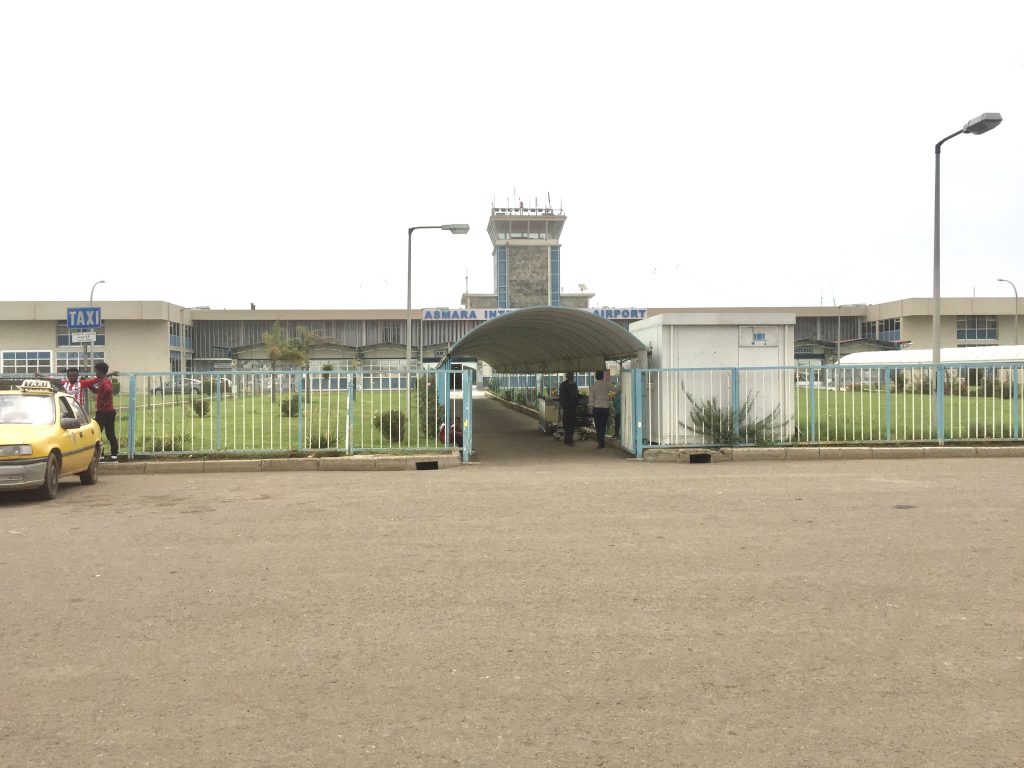
Photo: Ulrich Coppel
17.11.2020. Addis Ababa/ Asmara/ Mekkele. On the evening of 14 November 2020, violent explosions caused by a missile attack by the Tigray People’s Liberation Front (TPLF) shook Eritrea’s capital Asmara. Earlier, a TPLF spokesperson announced attacks on Eritrean targets in social media. This is the preliminary culmination of a conflict that has dramatically intensified in the past two weeks between the TPLF and the Ethiopian government around Prime Minister Abiy Ahmed.
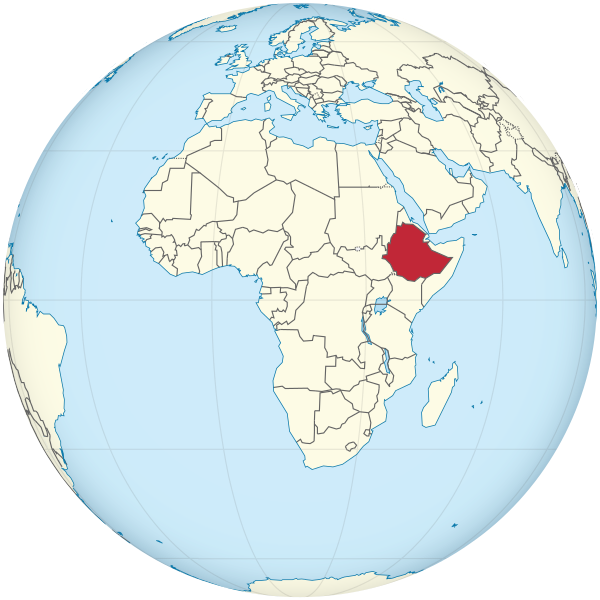
Grafik: Wikipedia: TUBS, Eritrea, administrative divisions – de – colored, CC BY-SA 3.0
With its 110 million inhabitants, Ethiopia is a multi-ethnic and multi-religious state. Among the 80 ethnic groups, the Tigray, who live in the north of the country, on the border with Eritrea and Sudan, make up around 6 percent of the total population of Ethiopia. Although the Tigray are relatively small compared to some other Ethiopian-originating ethnic groups, their political arm in Ethiopia, the TPLF, controlled the Ethiopian People’s Revolucionary Democratic Front (EPRDF), the Ethiopian national governing coalition, between 1991 and 2018 after the fall of the DERG regime. The EPRDF coalition consisted of a multi-ethnic, four-party alliance: the Oromia People’s Democratic Organisation (OPDO), the Amhara National Democratic Movement (ANDM), the Southern Ethiopian Peoples‘ Democratic Front in the Region of Southern Nations, Nationalities and Peoples (SEPDF), and the Tigray People’s Liberation Front (TPLF), and was led by a Central Committee. The TPLF, at the head of the government, was able to rely on the support of Western states throughout this period, despite repeated and sometimes massive international accusations of corruption and human rights violations. The TPLF enjoyed the favour of the West, as it was their guarantor to protect their interests far beyond Ethiopia’s borders.
But after Donald Trump was elected US president in 2015, the USA – like many other countries – reassessed its relations with Ethiopia. As a result of this process, there were far-reaching changes and cuts in relations between the governments of both countries. But tensions within Ethiopia also increased. Some ethnic groups were disadvantaged. Over time, thousands of opposition members were persecuted, imprisoned, deported or executed. Thus, the strong internal support for the TPLF in Ethiopia, which was originally established mainly by the fall of the brutal DERG/Mengistu regime, gradually eroded.
From 2015/2016 onwards, protests began to grow, especially from the Oromo, Ethiopia’s most populous ethnic group, the Sunni Islamic group, and continued: young Oromo gathered in a movement, the Queerro, which soon became a mass movement. The Queerro protest wave finally culminated in the disintegration of the TPLF-controlled Ethiopian EPRDF coalition in early 2018.
The resulting power vacuum eventually led to the appointment of Abiy Ahmed, an Oromo, as the new prime minister of a new EPRDF transitional government. Abiy Ahmed was elected by secret ballot of the coalition partners and was appointed Prime Minister on 2 April 2018. He also became leader of the new EPRDF coalition, shortly before the election of the Prime Minister. However, there was a decisive innovation in this coalition: the TPLF was no longer part of it, and thus no longer part of the Ethiopian government, unlike all the previous coalition parties.
Sensation perfect: Peace between Ethiopia and Eritrea in summer 2018
In spring 2018, very soon after Abiy Ahmed took office, intensive peace talks made headlines around the world. After decades of hostilities and partly warlike clashes between the previously TPLF-dominated Ethiopian government and the People’s Front for Democracy and Justice in Eritrea under President Isayas Afewerki, a new beginning and great hope could be felt. Finally, in June 2018, the sensation became perfect: Ethiopia and neighbouring Eritrea concluded a historic peace and friendship treaty after three decades of war and hostilities. Hundreds of thousands of Ethiopians and Eritreans celebrated the heads of government of both countries in the capitals of Asmara/Eritrea and Addis Ababa/ Ethiopia. The international community honoured Abiy Ahmed with the Nobel Peace Prize in November 2019, in particular for the peace agreement with Eritrea. Significantly, however, Eritrea’s President Afewerki did not receive the same honour.
In Ethiopia’s interior, too, Abiy Ahmed pushed ahead with a rapid reform process. The new Ethiopian government very soon granted amnesties to thousands of political prisoners. Many members of the opposition, among them the Ethiopian-born US American Jawar Mohammed, who had previously helped build and run a huge media company, the Oromo Media Network (OMN), from the USA, returned from exile to their Ethiopian homeland. With this media company, and through huge platforms in social networks, Mohammed was one of the spokespeople and spin doctors in the queerro protests that led to the overthrow of the TPLF-dominated ruling coalition.
Inner reformations
In Ethiopia’s interior, too, Abiy Ahmed pushed ahead with a rapid reform process. The new Ethiopian government very soon granted amnesties to thousands of political prisoners. Many members of the opposition, among them the Ethiopian-born US American Jawar Mohammed, who had previously helped build and run a huge media company, the Oromo Media Network (OMN), from the USA, returned from exile to their Ethiopian homeland. With this media company, and through huge platforms in social networks, Mohammed was one of the spokespeople and spin doctors in the Querro protests that led to the overthrow of the TPLF-dominated ruling coalition.
At the same time, all of the „new“ EPRDF coalition partners – (i.e. excluding the TPLF) – merged into a new party formally founded on 1 December 2019 and named the Prosperity Party: the EPRDF was dissolved. Abiy Ahmed became its first chairman. Thus a common party grew out of a multi-ethnic alliance. After decades of a formally strong multi-ethnic-federal or decentralised internal order, a widely visible new beginning in the direction of more centralised internal unity had been achieved.
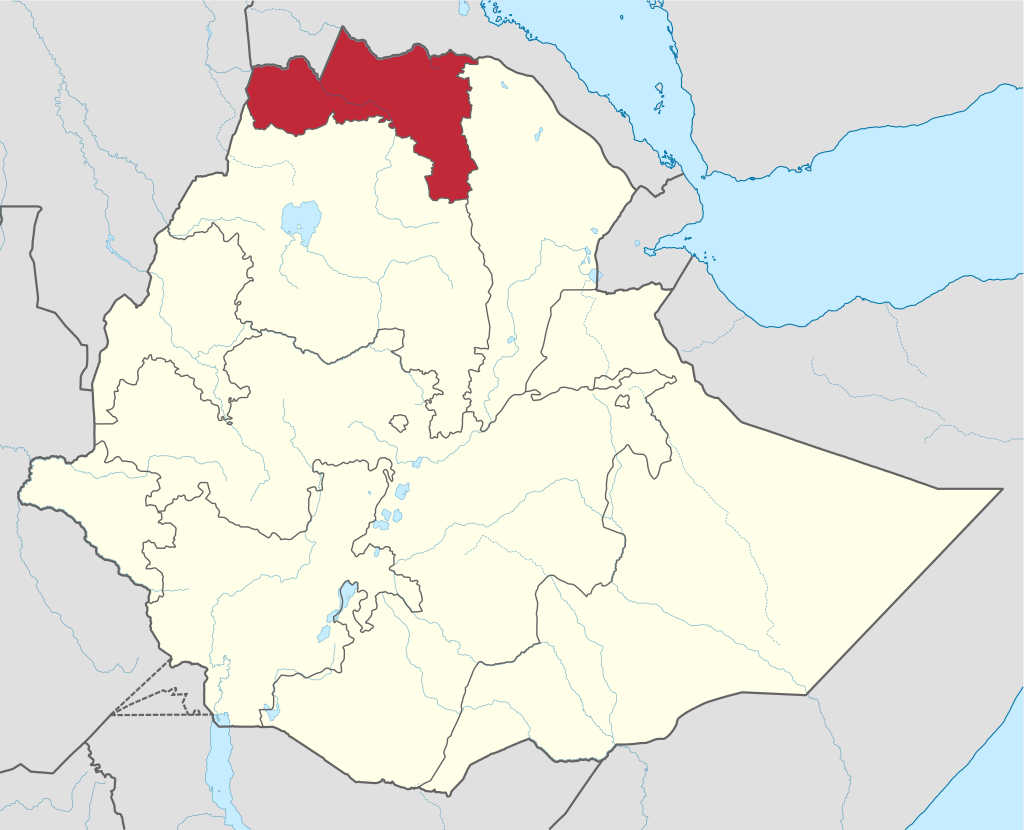
Meanwhile, the TPLF retreated to its home state of Tigray in northern Ethiopia, on the border with Sudan and Eritrea. There it continued to govern, henceforth in opposition to the national government.
In order to be able to continue the reform course begun with a democratically legitimised national government, Prime Minister Abiy Ahmed called national parliamentary elections for August 2020. The Prime Minister’s office should also be given a robust democratic mandate.
In the autumn of 2019, Abiy Ahmed and Jawar Mohamed, who is now operating from within Ethiopia, announced his candidacy for the office of prime minister. Thus, the supporter of the reformer Abiys became his biggest competitor for the office of prime minister.
In October 2019, Jawar Mohammed reported in a Facebook post, that late at night police officers tried to force his security forces to clear the grounds of his house in Addis Ababa. He claimed that they had planned to mobilise a mob afterwards, suggesting that Prime Minister Abiy Ahmed had ordered it. The day before, Abiy gave a speech to parliament, accusing „media owners who do not have Ethiopian passports“ of „playing both ways“. He added: „If this undermines the peace and existence of Ethiopia, … we will take action“. Jawar Mohammed’s Facebook post sparked off massive violent clashes, starting with the Qeerroo. Abiy Ahmed later put the number of victims at 86, including numerous police officers. When the clashes, which lasted for weeks, came to an end, he declared that most of the victims were Oromo and Amharen: Muslims just like Christians.
Since his candidacy, Jawar Mohammed has sought a national government dominated by the Oromo. In an interview he named his political orientation in allusion to the well-known quote by Donald Trump: „Oromia first“. He justifies this by saying that the Oromo ethnic group is the largest in Ethiopia. Although this is correct, firstly the Oromo, with an official share of 34.5 %, do not represent an ethnically defined, absolute majority of the total population of Ethiopia, and secondly there are also ideologically different organisations among the Oromo than the Queero. There are the Oromo organised in the Prosperity Party, which are behind Abiy Ahmed’s comparatively centralistic and ethnically/ religiously egalitarian policies. And there are other Oromo-ethnic parties and movements. There is the long-established Oromo Liberation Front (OLF), whose members were persecuted, imprisoned or forced into exile during the time of the TPLF-dominated Ethiopian government. They too were among those granted amnesties under Ethiopia’s transitional regime. Many of them returned to Ethiopia from Eritrea and other countries, and are now pushing for an Oromo-led state called Oromia. But the number of OLF members or sympathisers is small compared to other Oromo groups or parties. However, the OLF poses a threat, especially since it pursues its goals through violence and terror – even outside Ethiopia.
COVID-19 in Ethiopia: Elections postponed
Due to the corona epidemic, the Ethiopian government postponed the national elections scheduled for August 2020 as early as March 2020 until after the epidemic (which was initially still undetermined). Laws were passed to continue to legitimise the mandate of the transitional government headed by Abiy Ahmed, which is supposed to end at the end of September 2020. But that provoked further unrest. For example, terrorists close to the OLF are blamed for the deadly assassination of Hachalu Hundessa, a very popular Oromo singer and queerro activist, on 29 June 2020 in Ethiopia’s capital Addis Ababa. Hundessa had reported in an Oromo Media Network television interview a week earlier that he was being threatened. There was massive rioting in the aftermath of the assassination, with a total of 167 people killed, including numerous security forces. When Hundessa’s body was to be transferred to his home village, less than 100km from Addis Ababa, for burial at his family’s request, Jawar Mohammed and several armed escorts tried to stop the convoy to bury Hundessa in Addis Ababa. Jawar Mohammed and numerous companions were arrested and have been in custody ever since.
The internal crisis in Ethiopia worsens
The TPLF did not want to accept the postponement of the elections and called for elections in the Tigray region on 9 September 2020, which the TPLF won with 98.2 per cent. However, Abiy Ahmed and the Ethiopian national government describe this election as illegal and do not recognise it. The national government does not recognise the TPLF’s election victory, which was won in September 2020 and was widely expected. Again, the TPLF does not recognise the extension of the transitional mandate of both the national government and Abiy Ahmed in the Prime Minister’s office, and considers both to be illegal.
TPLF attacks Ethiopian military camp
Finally, the TPLF attacked an Ethiopian National Armed Forces military camp in the Tigray region one day after the day of voting in the US presidential election, on 4 November 2020. Both Abiy Ahmed and a Tigray spokesperson confirmed this in their statements on the day of the attack. Abiy Ahmed stated that the TPLF had „crossed one last red line“ and announced military strikes against the TPLF.
Displacements of troops leave a vacuum: genocides begin
Since 4 November 2020, the Ethiopian military has been engaged in heavy military action with TPLF rebels in the Tigray region of Ethiopia. The national government is transferring Ethiopian military with heavy weapons to the Tigray region. However, in many parts of Ethiopia there are places where members of ethnic minorities live, which are particularly protected against attacks by the Ethiopian military and security forces. If security forces are withdrawn from there, these minorities are defenceless. And that is exactly what happens.
On 1 November, shortly after an unexpected and unannounced withdrawal of Ethiopian security forces from Gawa Qanqa village in the Guliso district of the West Wellega zone of the Oromo region, radical Oromo forces began massacring Amhars living there. They herded anyone who could not escape to safety in time, including many elderly people, women and children, into a schoolyard and shot them. According to numerous media reports, the genocide claimed a total of 54 lives.
The Ethiopian national government is also moving troops to the Tigray region from Somalia, which borders Ethiopia to the east, where thousands of Ethiopian security forces have been stationed since the civil war there. According to media reports, US President Trump has also announced his intention to withdraw US troops from Somalia. But there are also thousands of African Union (AU) security forces in Somalia.
Kenya is overwhelmed with Somali refugees
The Islamist terrorist organisation Al-Shabaab has controlled large parts of Somalia for years. The Sharia applies there. Hundreds of thousands of Somalis have fled from the Al-Shabaab militias and marauding groups to Kenya, where most of them live in refugee camps that are among the largest in the world. Kenya is one of the countries with the most refugees in Africa, and is thus, according to its own statements, on the verge of being completely overwhelmed.
From the Ethiopian Tigray region, tens of thousands of civilians are already fleeing the ongoing fighting in neighbouring Sudan to the west. Sudan, like northern Eritrea, has now closed its borders with the Ethiopian Tigray region for security reasons. But controlling the long border is proving difficult.
Tigray refugees in Sudan report massacres in the Tigray region. For example, a massacre took place in the village of Mai-Kadra in the south-west of the Tigray region after the outbreak of fighting in November 2020. Hundreds of civilians are said to have been killed with knives and machetes. Meanwhile, Prime Minister Abiy Ahmed has stated that May Kara is controlled by Ethiopian government troops, and has also stated that Ethiopia wants to take back the Tigray civilians who fled to Sudan and offer them protection.
Regional President declared deposed
On 11 November 2020, the Ethiopian Parliament declared Tigray’s President Debretsion Gebremichael deposed, and appointed Science Minister Mulu Nega as his successor. Debretsion Gebremichael’s immunity, and that of many TPLF MPs, had been waived. They would later be brought to justice, according to official government sources.
While Ethiopian Prime Minister Abiy Ahmed has repeatedly emphasised since the beginning of the military conflict with the TPLF that military intervention in the Tigray region is an internal Ethiopian affair and of limited duration, international observers fear that a much more far-reaching escalation of the situation is quite possible. This is the aim of the TPLF, which is largely isolated internally and among Ethiopia’s neighbours, in its military engagement with the national government.
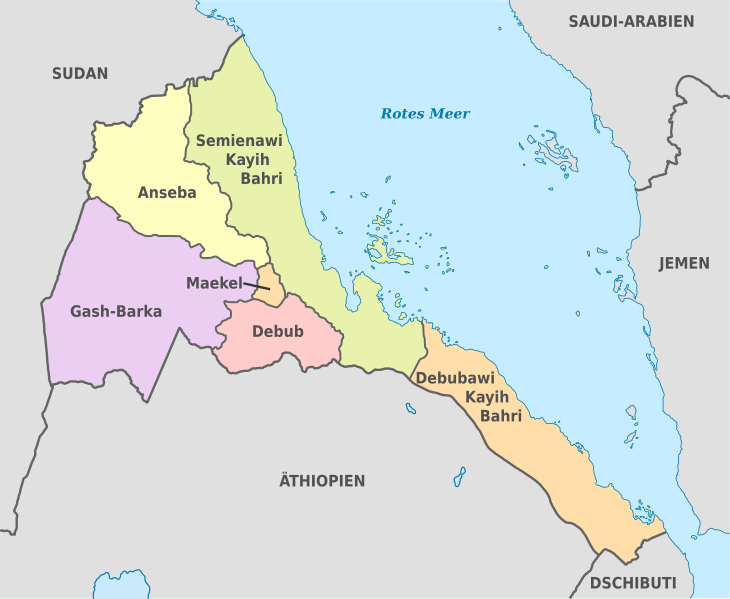
In a telephone interview with the REUTERS news agency on 9 November 2020, Eritrea’s Foreign Minister Osman Saleh stressed the following about the conflict: „This is an internal conflict. We are not part of the conflict“. („This is an internal conflict. We are not part of the conflict“).
TPLF missile attack on Eritrea
On 13 November 2020, TPLF militias fired missiles at Gondar and Bahir Darin airports in the neighbouring Amhara region south of the Tigray region. That same evening, TPLF missiles hit near the airport in Eritrea’s capital Asmara. These missiles hit the open field and there were no deaths, injuries or significant material damage, according to reports from witnesses on the ground. The TPLF also claimed responsibility for these attacks. The TPLF has claimed that the Eritrean government would support Abiy Ahmed’s military intervention. There is no independent confirmation or evidence of this yet. Tigray’s deposed president Debretsion Gebremicael justified the missile attacks on the airports in Gondar and Bahir Dar by claiming that the Ethiopian armed forces would launch attacks from there.
Many Western countries, above all the USA, condemned the TPLF missile attack on Asmara „in the strongest terms“. A spokesman for the Foreign Office of the Federal Republic of Germany also issued a government statement of the same name on 16 November 2020.
Heavy weapons and rough terrain
The TPLF, like the Ethiopian military, possesses a large number of heavy weapons. The Tigray region consists partly of high mountains, with impassable terrain. TPLF fighters could retreat there, and this is also where the TPLF’s arsenals are located. Before its foundation, the TPLF had its origins in guerrilla fighting against the much higher-armed DERG regime. In this respect, the TPLF has great experience in conducting asymmetric wars.
Moreover, the escalating conflict poses another problem: many key positions within the Ethiopian armed forces are held by members of the TPLF. The Ethiopian government has therefore ordered or started a personnel reorganisation within its armed forces. According to reports, TPLF members of the Ethiopian armed forces have fled to neighbouring Djibouti.
TPLF in key international positions
But the TPLF also continues to play a role internationally. Due to its decades of leadership in Ethiopia’s national government, the TPLF has sufficient international contacts. Some key international positions are still held by TPLF officials. For instance, the former Ethiopian Minister of Health and subsequently also Foreign Minister, Dr. Tedros Adhanom Ghebreyesus, has held the post of Secretary-General of the World Health Organisation (WHO) since July 2017.
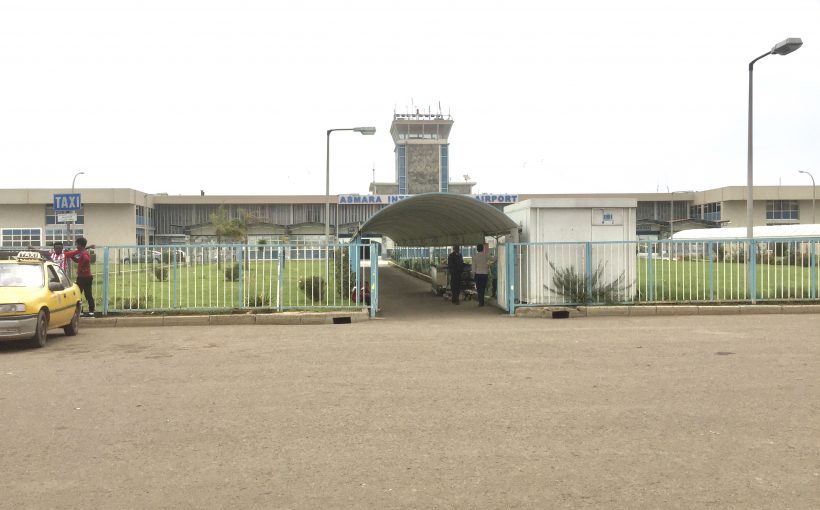
2 Kommentare